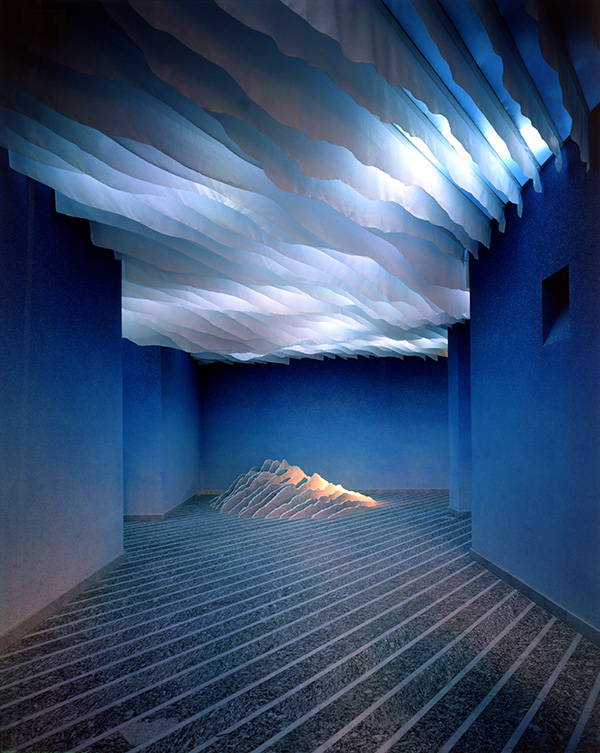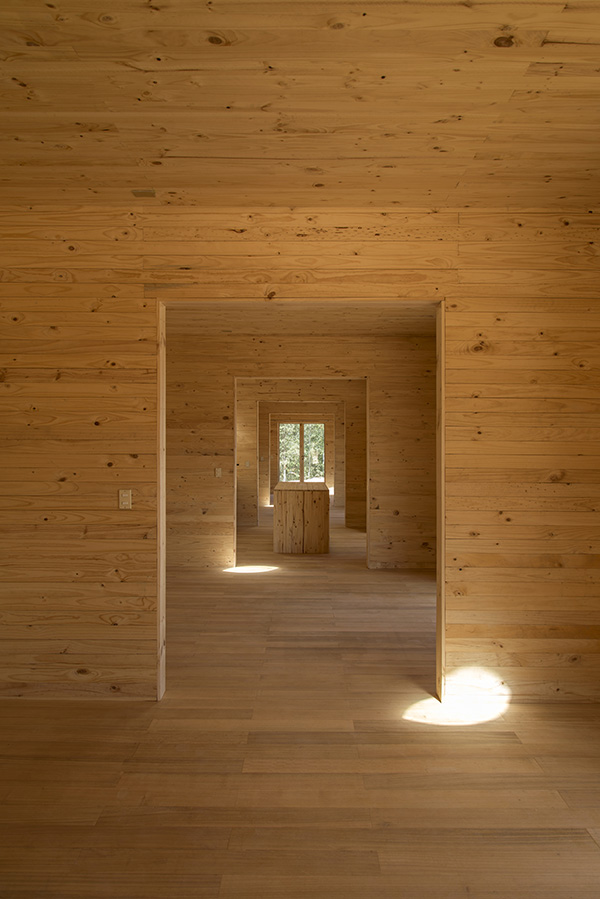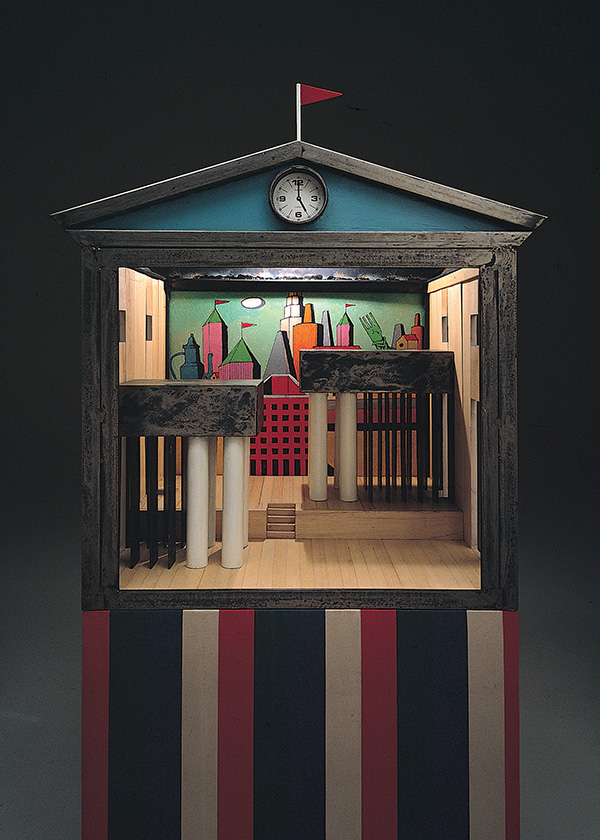ARCHITECTURE:Spaces Without Drama
 The exhibition “Spaces without drama or surface is an illusion, but so is depth” at Graham Foundation examines the recent proliferation of collage in architectural representation in relationship to scenography and theatrical set design. The exhibition is based on historical references such as: 19th Century toy theaters, Aldo Rossi’s “Little Scientific Theater” (1978) and David Hockney’s set design for the Magic Flute (1977–78), and projects by Charles Moore and Emilio Ambasz.
The exhibition “Spaces without drama or surface is an illusion, but so is depth” at Graham Foundation examines the recent proliferation of collage in architectural representation in relationship to scenography and theatrical set design. The exhibition is based on historical references such as: 19th Century toy theaters, Aldo Rossi’s “Little Scientific Theater” (1978) and David Hockney’s set design for the Magic Flute (1977–78), and projects by Charles Moore and Emilio Ambasz.
By Dimitris Lempesis
Photo: Graham Foundation Archive
The exhibition “Spaces without drama or surface is an illusion, but so is depth” invites contemporary practitioners to rethink the ways in which architecture is created in relationship to theatricality and how it oscillates between reality and scenography to answer questions about space, depth, context, façade, and representation. Aldo Rossi in “A Scientific Autobiography” (1981 MIT Press) wrote “In recent projects, I have pursued these limitless analogies: the hut-like buildings for student housing at Chieti, the drawings of the cabins of EIba, the palm trees and the houses at Seville were all pieces of a system which were assembled inside the Little Scientific Theater. It became a laboratory where the result of the most precise experiment was always unforeseen. Yet nothing can yield more unforeseen results than a repetitive mechanism. And no mechanisms seem more repetitive in their typological aspects than the House, public building’s, the theater”. Featuring the work of architects Emilio Ambasz, baukuh, Gerardo Caballero, fala atelier, Marcelo Ferraz, Sam Jacob Studio, Johnston Marklee, Monadnock, MOS Architects, Norman Kelley, OFFICE Kersten Geers David Van Severen, Cecilia Puga, Aldo Rossi, Taller de Arquitectura Mauricio Rocha + Gabriela Carrillo, Pezo Von Ellrichshausen; artists Pablo Bronstein, William Leavitt, Silke Otto-Knapp, Gabriel Sierra, Batia Suter; and dramaturg Jorge Palinhos, the exhibition investigates the similarities between theatrical stage sets and architectural scale models, highlighting the ways that each constructed landscape anticipates narratives and prompts the personal drama of speculation and the creation of fictions. In both cases, the resulting spatial experience is controlled and precisely framed with a fixed relation between observer and object—an architectural imaginary that is more graphic composition than spatial creation, more image than space. By superimposing fragments, forms and elements within a given stage set, the model of the theater allows the participants to rehearse the laws of artistic creation itself. The exhibition presents contemporary and historic photographs, models, and drawings, as well as newly commissioned projects including movies, installations, and performance. Significant pieces include rarely exhibited work by Aldo Rossi, from the collection of Frank Godlewski, as well as many new works by artists and contributions by more than ten contemporary architecture offices from Europe, Latin America, and the United States.
Info: Curators: Wonne Ickx and Ruth Estévez, Graham Foundation for Advanced Studies in the Fine Arts, Madlener House, 4 West Burton Place, Chicago, Duration: 16/2-1/7/17, Days & Hours: Wed-Sat 11:00-18:00, www.grahamfoundation.org



